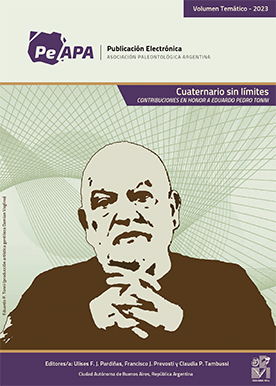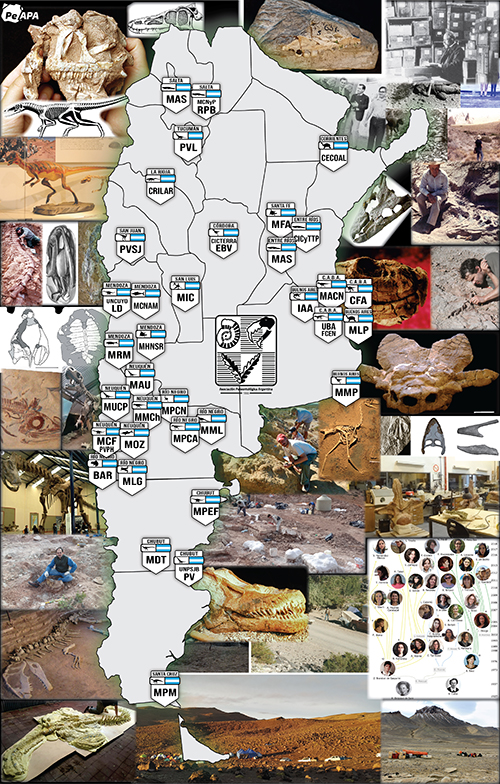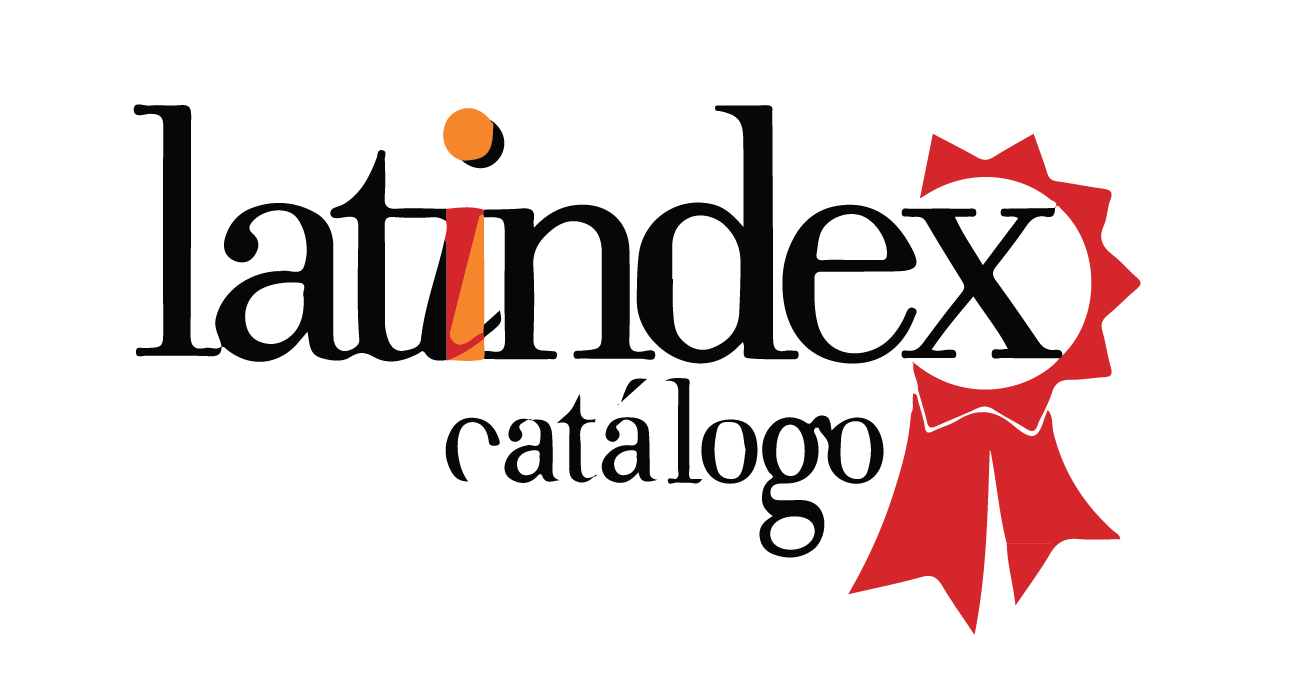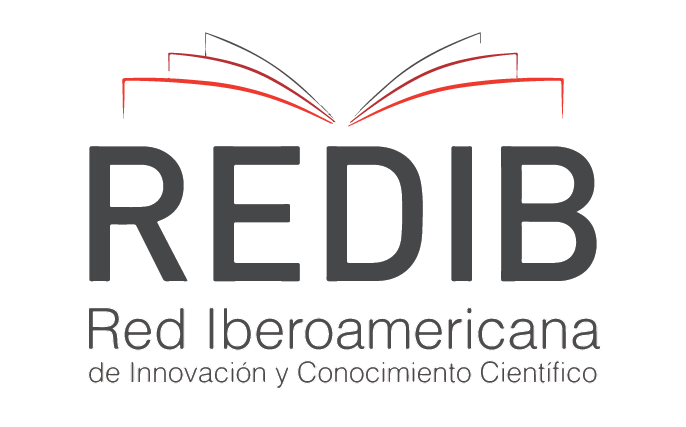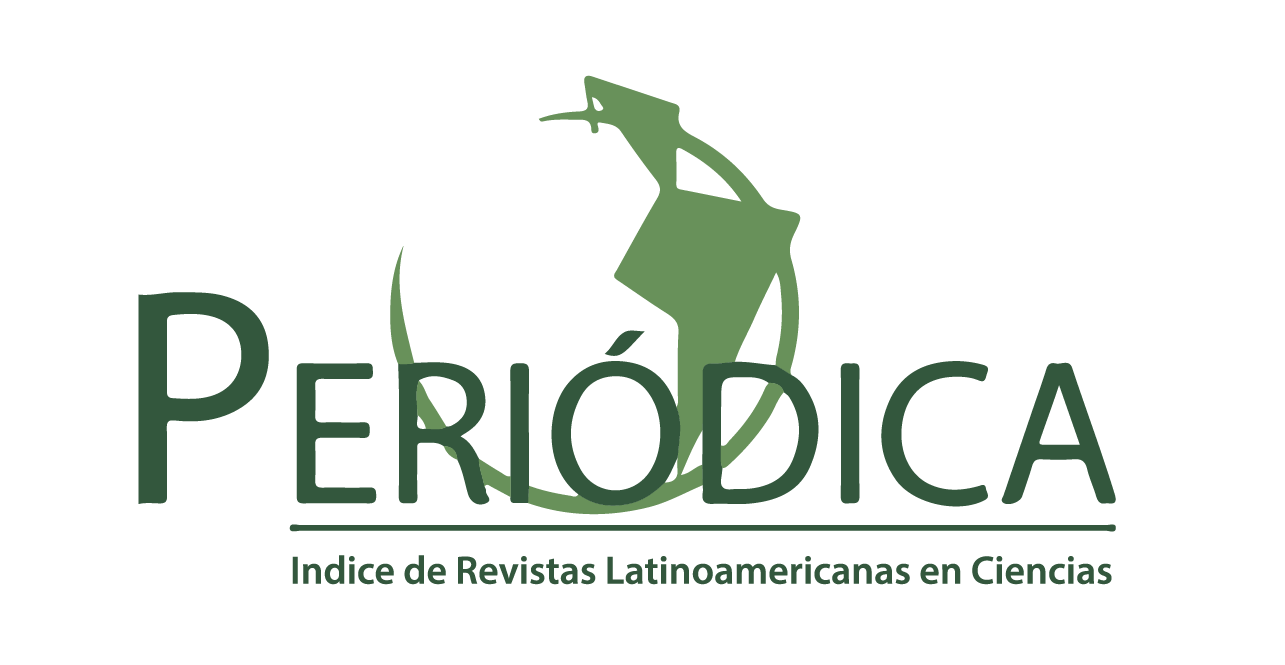CARACTERIZACIÓN DE LAS MIELES DEL SECTOR MERIDIONAL DEL DISTRITO PAMPEANO AUSTRAL
Resumen
In order to typify honeys from the southern area of the Austral Pampeanous District, a study about botanical origin and physico-chemical characteristics was carried out on 43 honey samples collected along 1995, 1996 and 1997. Fourty morphological types were identified to the closest possible taxon. Eucalyptus L' Hér. genus was dominant in 98% of the samples. According to the elected criterion, 83,7% or 46,5% of the samples may be considered monofloral. Two introduced weeds, Diplotaxis tenuifolia (L.) DC and Centaurea spp., showed a very high frequency of occurrence (93% and 86% respectively), nevertheless only 2% of the samples were determined as monofloral from D. tenuifolia and none of them of Centaurea spp. Pollen from native species was rare. The colour of 79% of the samples was ranged within extra light amber and amber. A positive relation between colour and Eucalyptus pollen percentage, in samples in which Eucalyptus was dominant, was found. Hydroxymethylurfural content was low (2,99±2,36 mg kg-1), showing an adequate heat treatment of honey during decapping and extracting processes by the beekeepers.
KEY WORDS. Melisopalynology. Honey. Pollen analysis. Physico-chemical analysis.
Descargas
Publicado
Número
Sección
Licencia

Los/las autores/as conservan los derechos de autor/a y garantizan a la revista el derecho de ser la primera publicación del trabajo licenciado bajo una licencia CC Attribution-NonCommercial 4.0 que permite a otros/as compartir el trabajo con el reconocimiento de la autoría y de la publicación inicial en esta revista.







